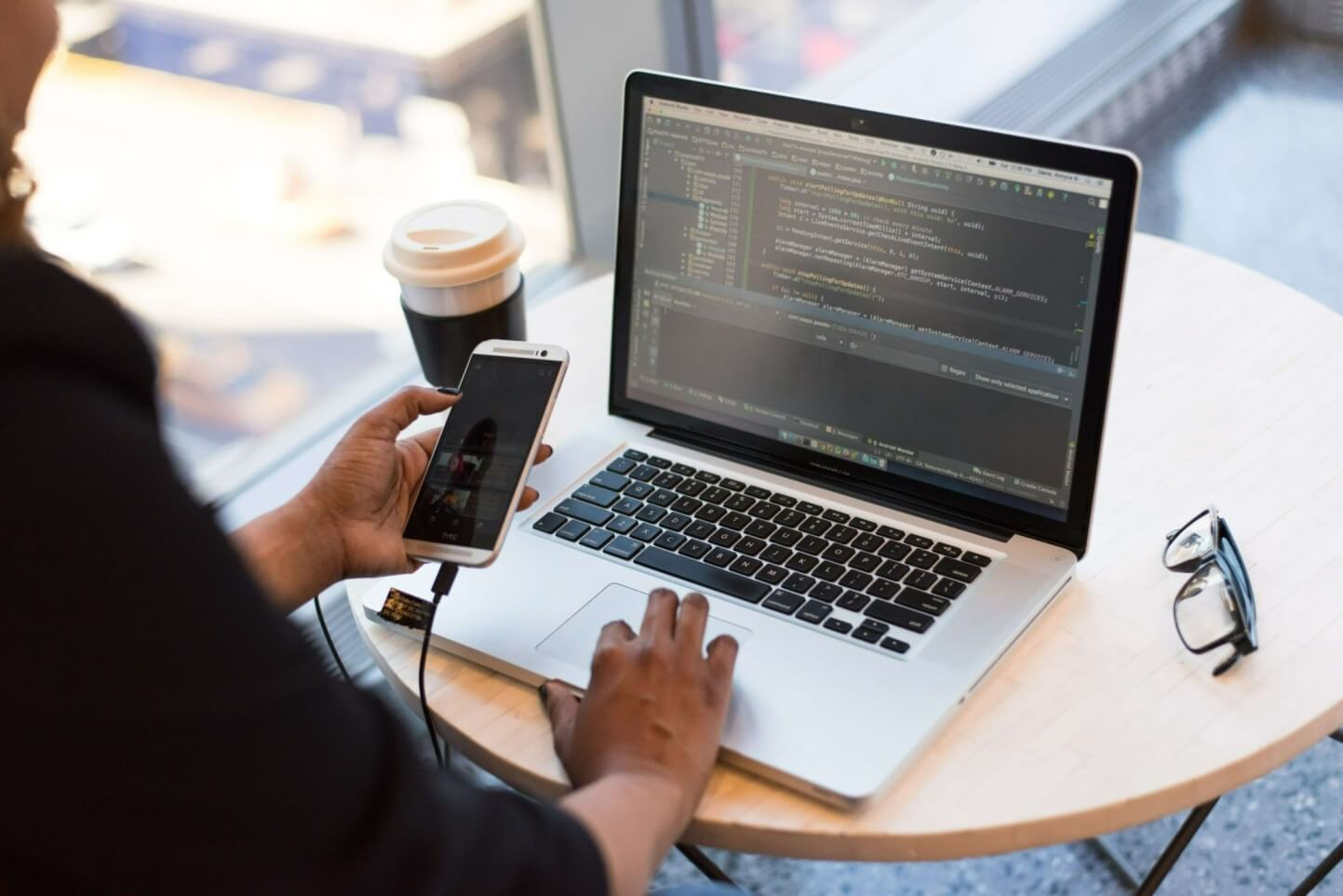
Popular frameworks for creating cross-platform mobile applications include Flutter and React Native. Performance can be an issue even if these frameworks have several advantages, such as quicker development and the capability to create code once and publish it across multiple platforms. Here are some pointers for improving Flutter and React Native app performance:
Use Efficient UI Components :
Performance of Flutter and React Native apps can be greatly enhanced by using efficient UI components. A variety of performance-optimized user interface (UI) elements are available in both frameworks, such as Flat List and List View in React Native and List View and Grid View in Flutter. The memory use of the application can be decreased, and rendering performance can be enhanced, by using these effective components. Additionally, by utilizing strategies like memorization and lazy loading, developers can construct their own unique UI components that are performance-optimized. Overall, optimizing the efficiency of Flutter and React Native apps and enhancing user experience may be accomplished by leveraging effective UI components.
Avoid Excessive Re-renders :
Both Flutter and React Native apps may experience performance issues as a result of excessive re-rendering. To overcome this problem, developers can check whether a component needs to be re-rendered using lifecycle methods like should Component Update in React Native or should Repaint in Flutter. By employing these techniques, app developers can enhance the rendering performance of their applications and prevent pointless re-renders, which can save memory usage and enhance overall efficiency. Additionally, by minimizing the frequency of pointless re-renders, state management tools like Redux and MobX can help developers improve the rendering efficiency of their apps. Developers may enhance the efficiency of their Flutter and React Native apps and give users a better experience by eliminating excessive re-renders.
Use A Flat Data Structure :
Flutter and React Native apps’ performance can be enhanced by using a flat data structure. This is so that data from a flat structure can be accessed more quickly than from a layered structure. Flat data structures enable developers to speed up data access, which enhances the performance of the program as a whole. In order to make the development of flat data structures simpler, programmers can utilize libraries like Immutable.js in React Native or built-in tools like the spread operator in Dart in Flutter. Developers may improve the user experience and efficiency of their Flutter and React Native apps by utilizing a flat data structure.
Avoid Unnecessary Computations :
Flutter and React Native apps can perform better by avoiding pointless computations. Calculations that aren’t necessary can slow down an app’s speed and use more memory. Developers can prevent this by using methods like caching data to lessen the need for repetitive computations. Moreover, developers can improve the efficiency of their apps by cutting down on the number of pointless computations by using tools like Reselect in React Native or Memorization in Flutter. Developers may enhance the efficiency of their Flutter and React Native apps and enhance user experience by minimizing unnecessary computations.
Optimize Images :
The efficiency of Flutter and React Native apps can be enhanced by optimizing the images. Pictures have a tendency to consume a lot of memory, which might affect how quickly an app loads. Developers can employ image compression to reduce the size of the picture files, image caching to minimize the number of times an image needs to be loaded, and lazy loading to only load an image when it is actually required. To speed up the loading of images, developers can also use libraries like React Native’s react-native-fast-image or Flutter’s Cached Network Image library. Developers may enhance user experience and performance of their Flutter and React Native apps by optimizing pictures.
Use Native Code For Intensive Tasks :
Flutter and React Native apps can run better when heavy activities are handled by native code. Native code can do some operations more quickly than JavaScript or Dart, which can enhance app speed and use less memory. Developers can access platform-specific features and functionality in Flutter and React Native by using native modules and APIs. Moreover, programmers can create native code for their apps using platform-specific languages like Swift or Kotlin. Developers may improve the user experience and the speed of their Flutter and React Native apps by employing native code for labor-intensive tasks.
Minimize The Use Of Third-Party Libraries :
Flutter and React Native apps can perform better if they use fewer third-party libraries. While third-party libraries might be valuable for enhancing an app’s capabilities, they can also make an app larger and perform worse. Developers can reduce the use of third-party libraries by determining whether a library is required for the functioning of their program and by avoiding the use of several libraries that provide the same functionality. In order to cut down on the use of third-party libraries, developers can make advantage of the built-in capabilities and libraries offered by Flutter and React Native. Developers may boost the efficiency of their Flutter and React Native apps and give users a better experience by using less third-party libraries.
In Conclusion, For a better user experience, Flutter and React Native app performance optimization is crucial. Developers can do this by using effective UI components, avoiding excessive re-renders, using a flat data structure, avoiding pointless computations, optimising pictures, using native code for demanding operations, and using third-party libraries as little as possible. These recommendations can help developers create apps that run more efficiently, are smaller, and have user interfaces that are quicker and more responsive. Remember that performance optimization is a continuous effort that should be incorporated into the app’s development lifecycle. Developers may produce high-caliber Flutter and React Native apps that provide an improved user experience by putting a strong emphasis on performance optimization.


